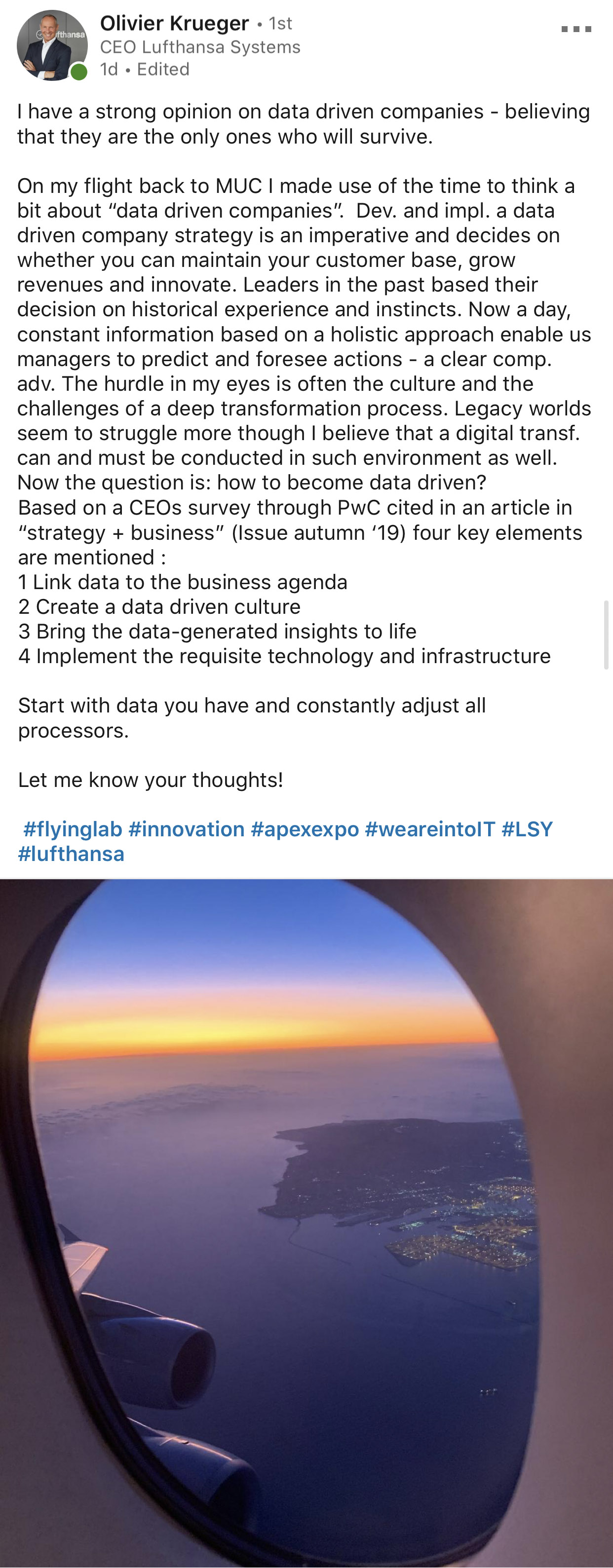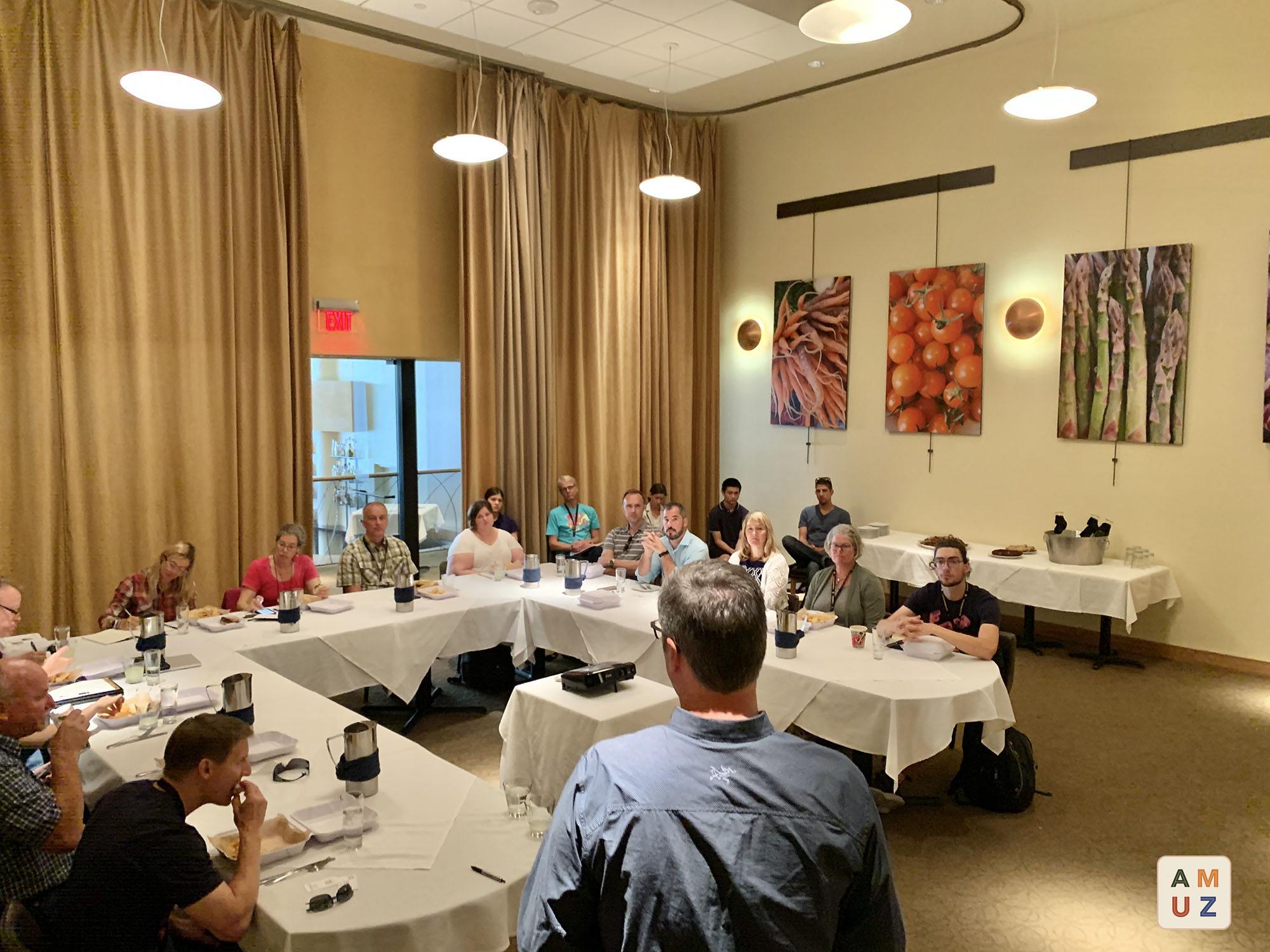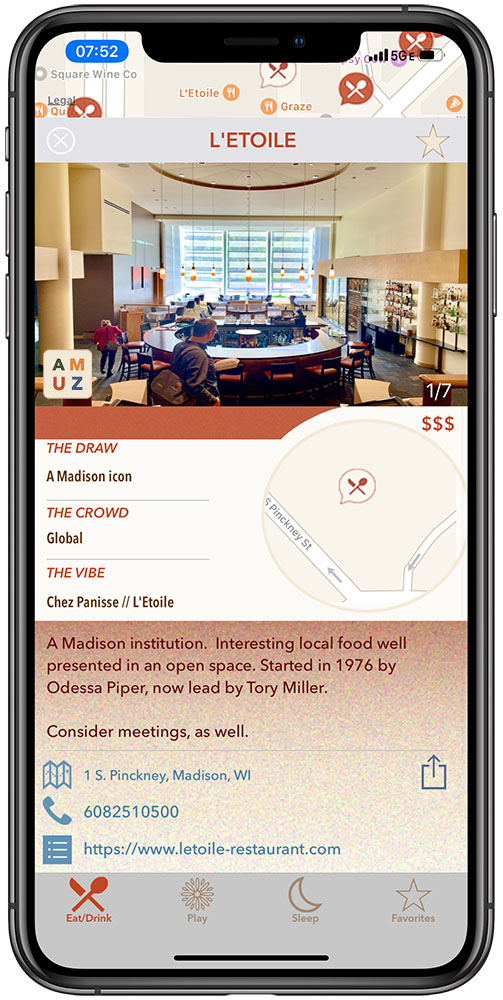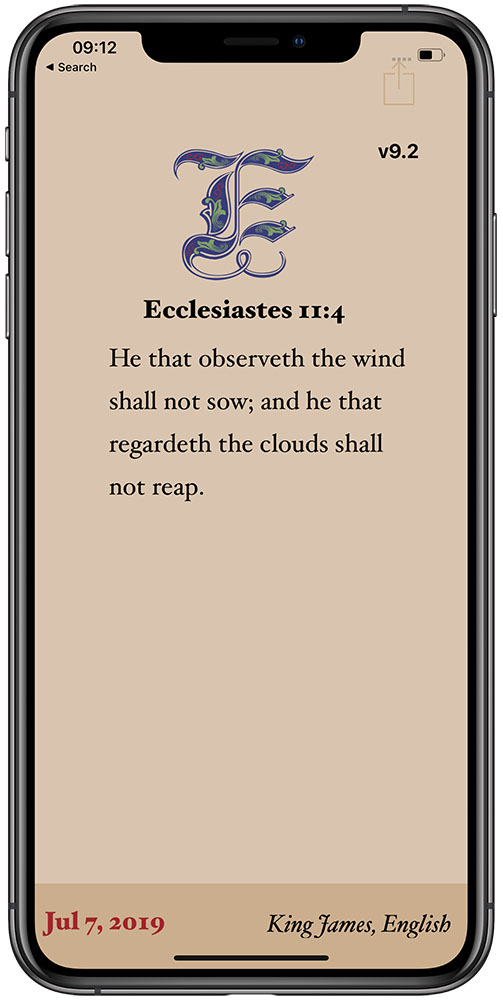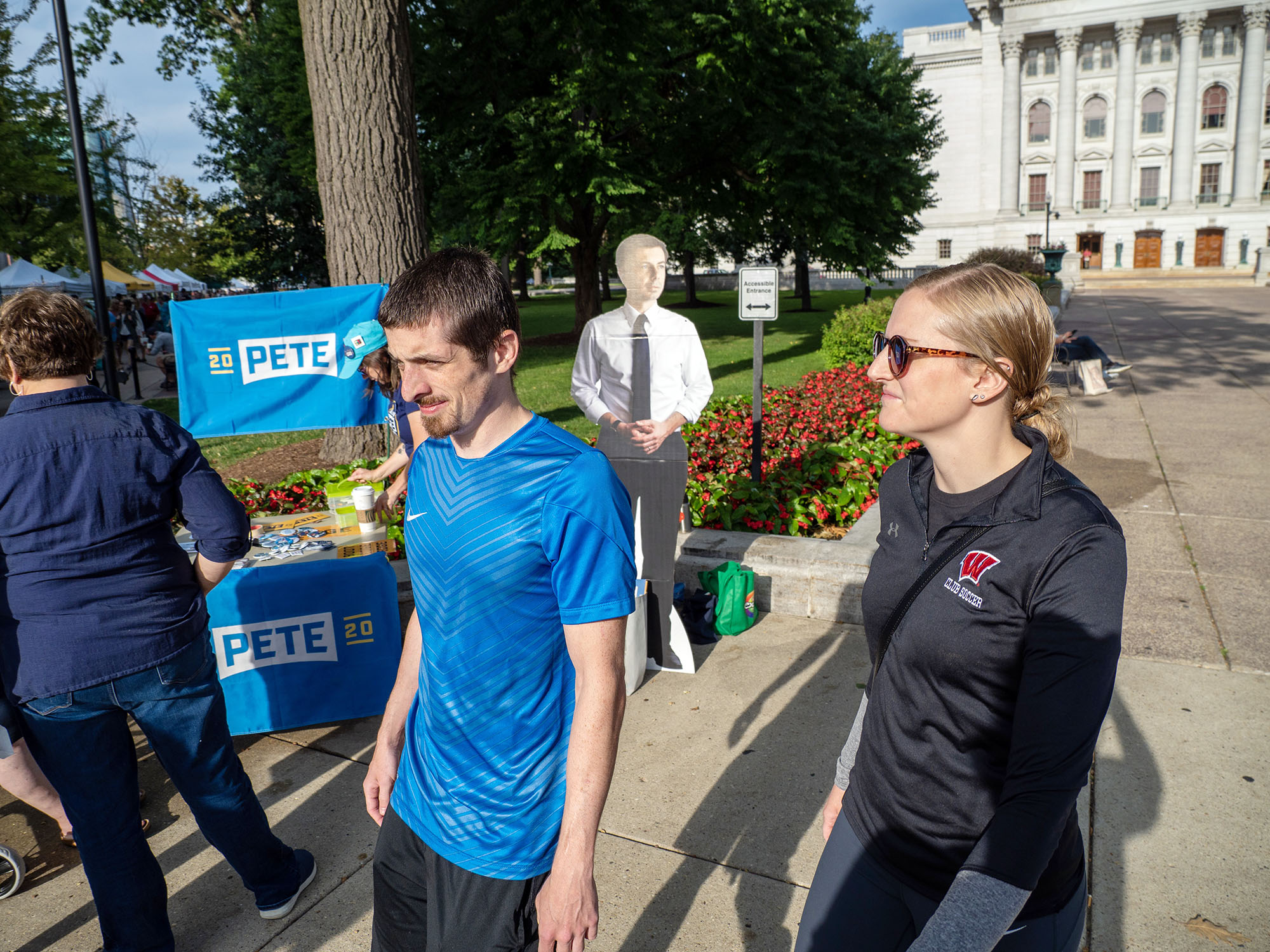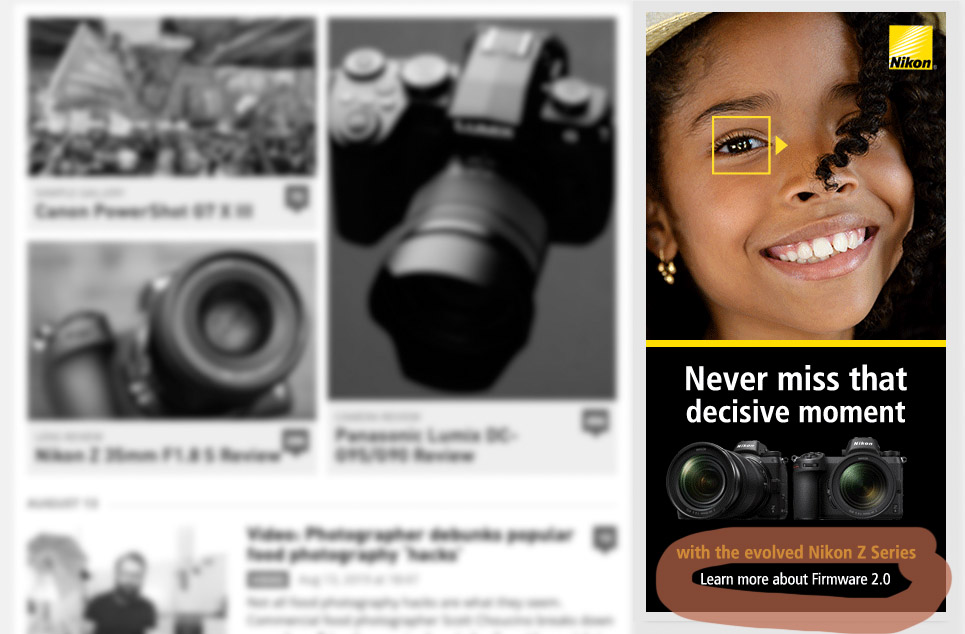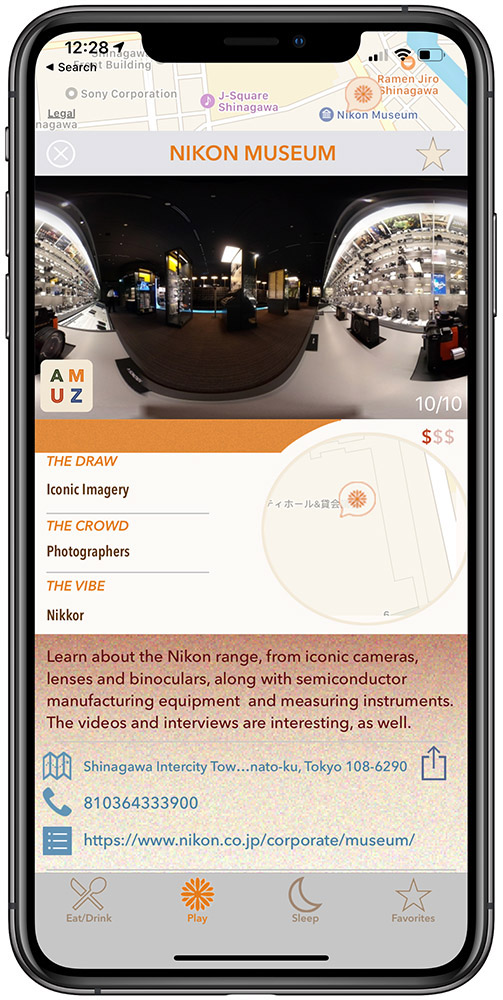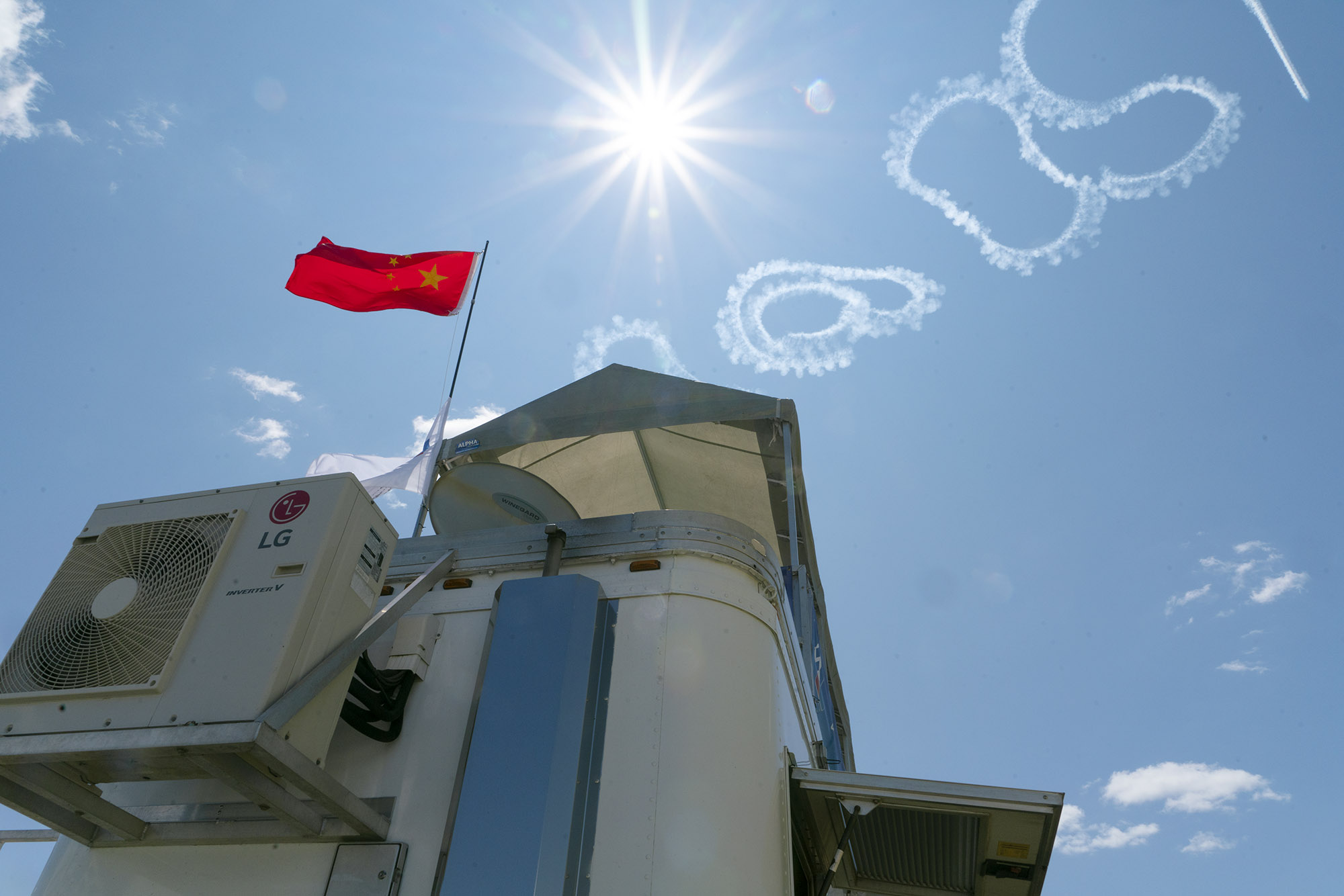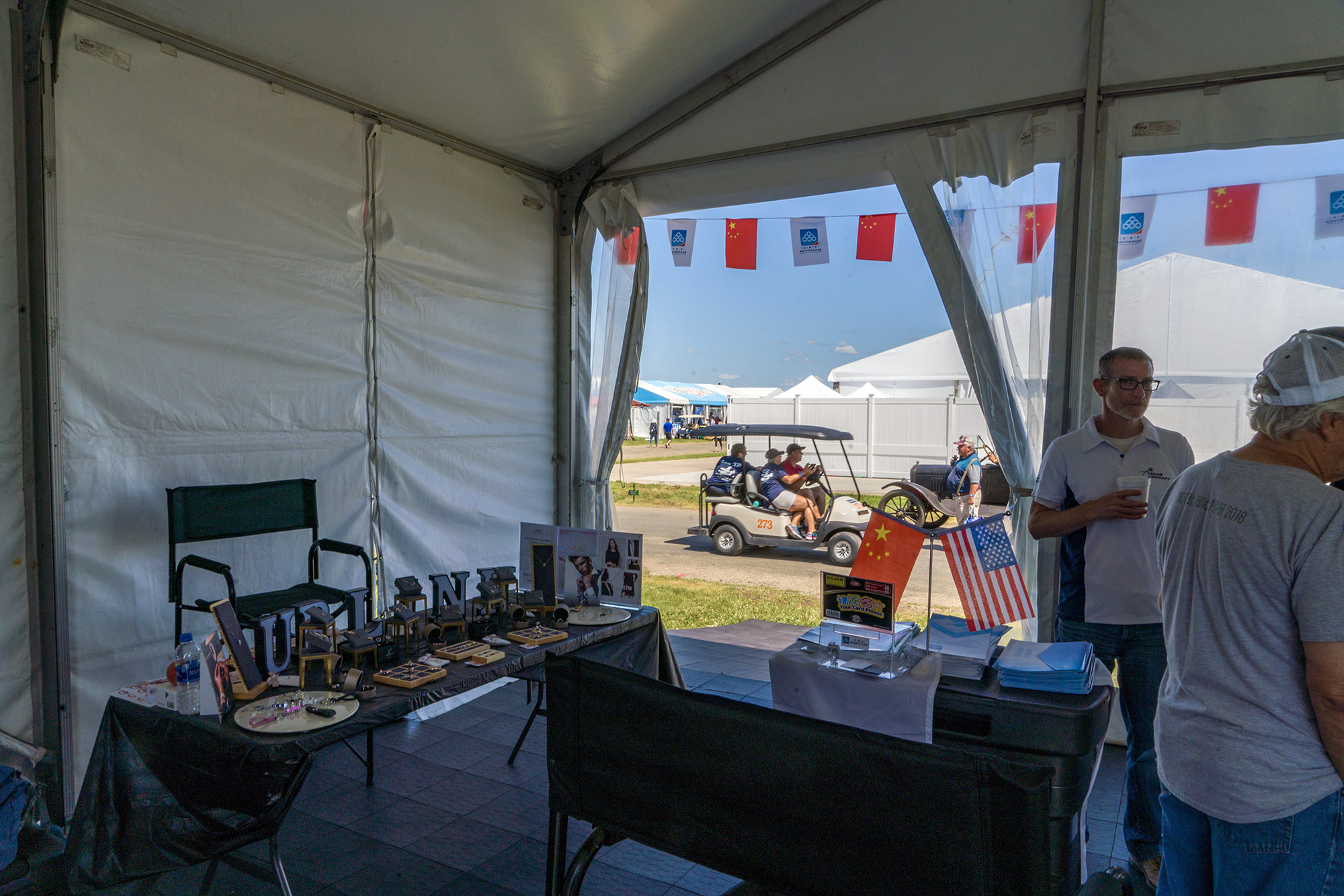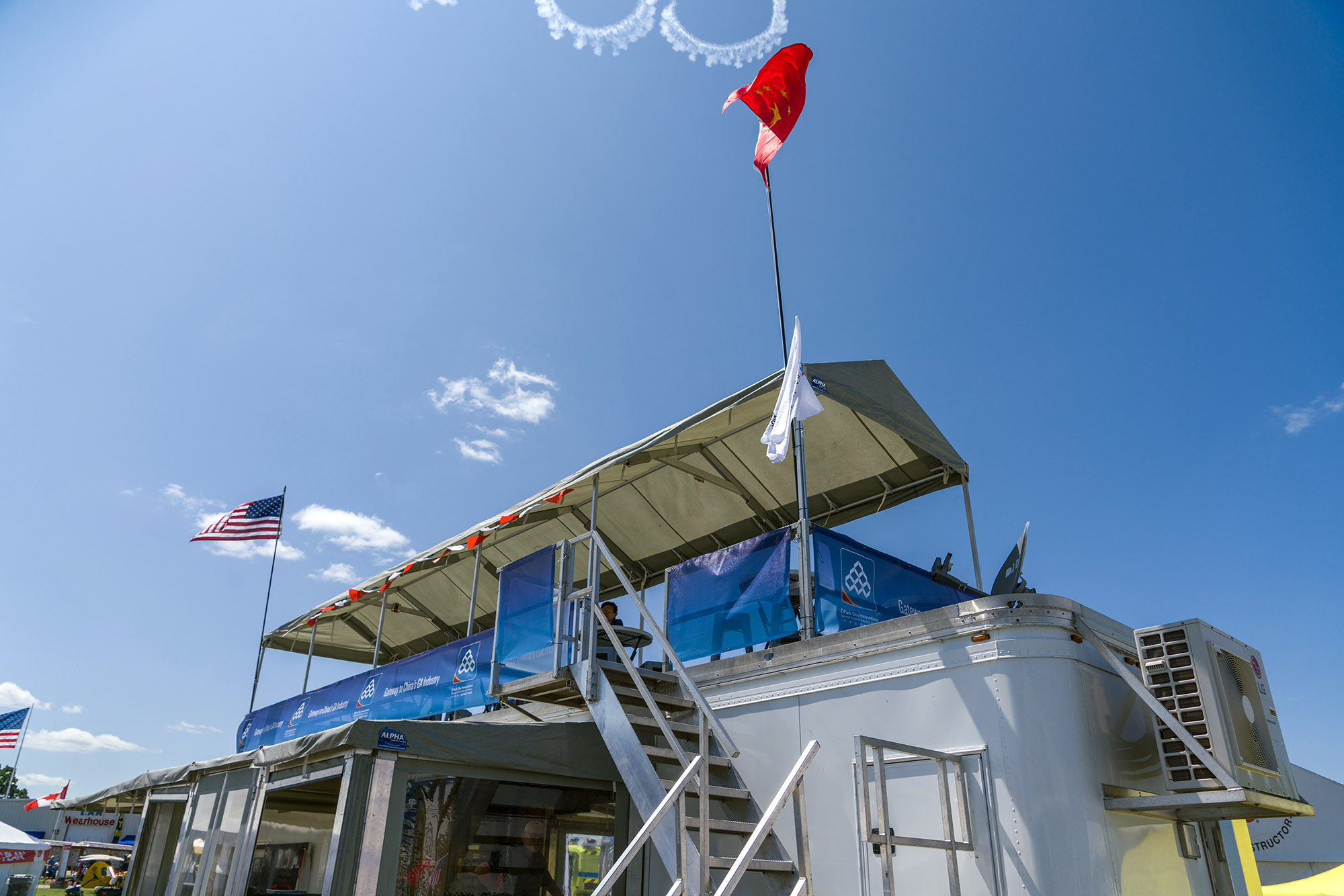FCC:
Bridging the digital divide is the Federal Communications Commission’s top priority, and accurate broadband deployment data are critical to this mission. As part of the Commission’s ongoing effort to reform universal service funding of mobile wireless services and focus subsidies on unserved areas rather than on areas that already have service, the Commission unanimously adopted a new data collection of 4G Long-Term Evolution (LTE) mobile broadband coverage maps and a challenge process to determine areas eligible for support in the Mobility Fund Phase II (MF-II) auction. The largest mobile providers supported both this data collection and the challenge process. After mobile providers submitted coverage maps to the Commission and during the challenge process, some parties raised concerns regarding the accuracy of the maps submitted by providers. Based on these parties’ complaints and its own review of the record, staff became concerned that maps submitted by Verizon, U.S. Cellular, and T-Mobile overstated their coverage and thus were not accurate reflections of actual coverage.
2. Mobile providers are responsible for submitting accurate coverage maps in accordance with the Commission’s rules and orders. In response to these concerns and based upon a preliminary staff review of the challenger data, on December 7, 2018, the Commission launched an investigation into whether one or more major mobile providers violated the requirements of the one-time collection of coverage data. The investigation was led by the Rural Broadband Auctions Task Force in coordination with the Office of Economics and Analytics, Enforcement Bureau, Wireless Telecommunications Bureau, Wireline Competition Bureau, and the Office of Engineering and Technology. Commission staff initially requested information directly from several providers in order to understand providers’ mapping processes, and later issued subpoenas to Verizon and U.S. Cellular.
During the window to file challenges in the MF-II challenge process, 21 challengers submitted 20.8 million speed tests across 37 states.39 Of these submitted tests, the Challenge Portal validated approximately 20.5 million speed tests and these tests were thus considered to be valid challenges.40 Challengers then certified almost 19.8 million valid tests by the close of the challenge window. Approximately 4 million speed tests fell outside of the reported 4G LTE coverage area for the provider tested—leaving approximately 15.9 million tests within areas reported as covered.41
https://www.fcc.gov/mobility-fund-phase-2/#data
$400 Billion broadband scandal.
Taxpayers have repeatedly subsidized telecommunication companies, to no avail.










